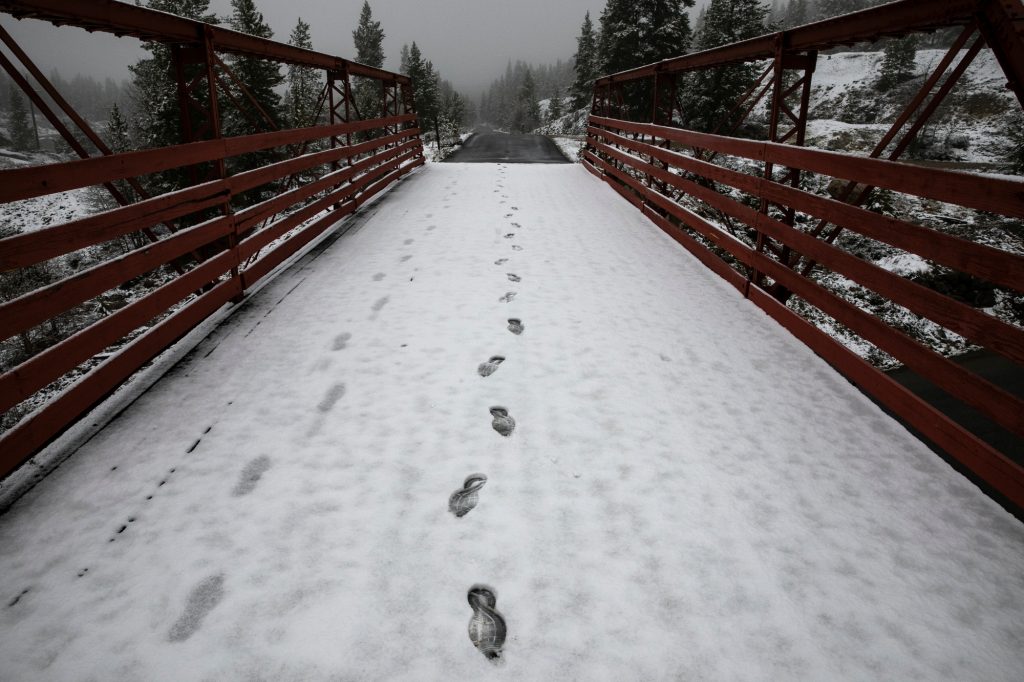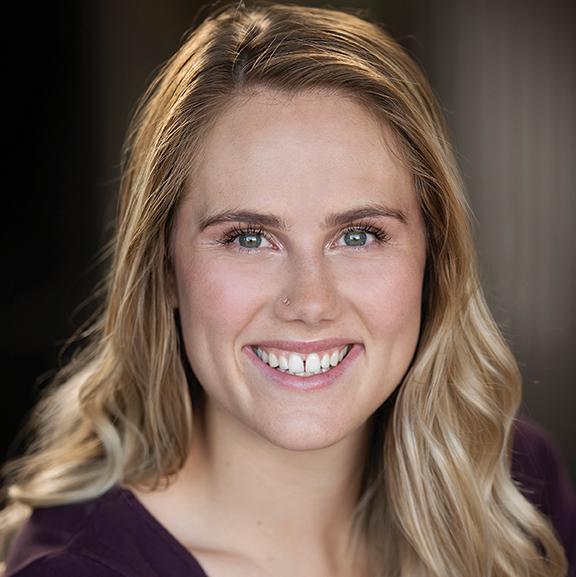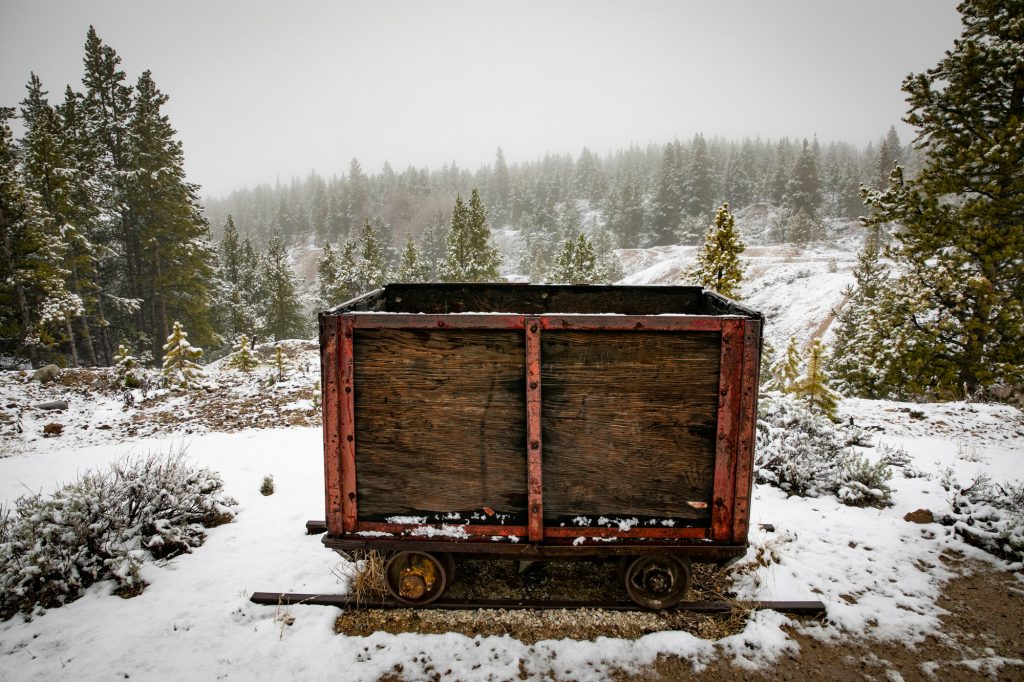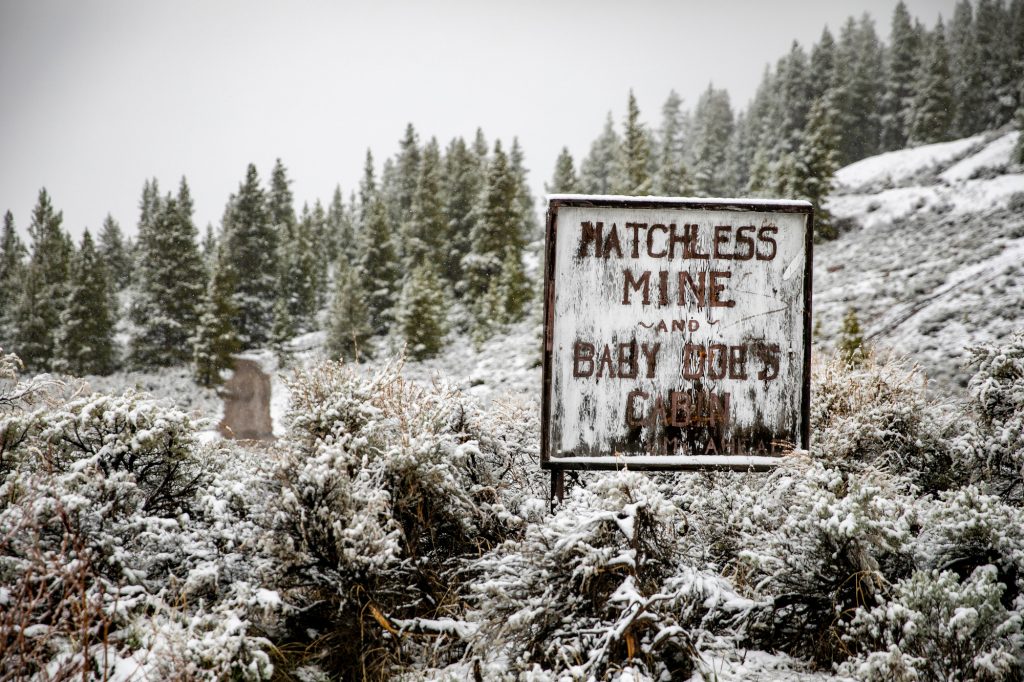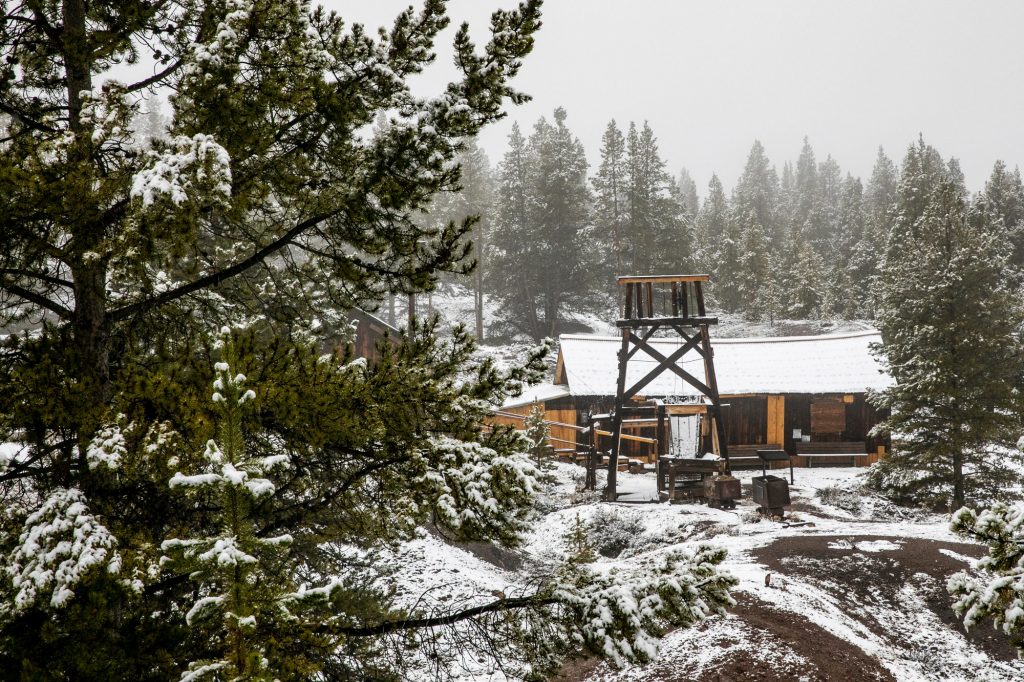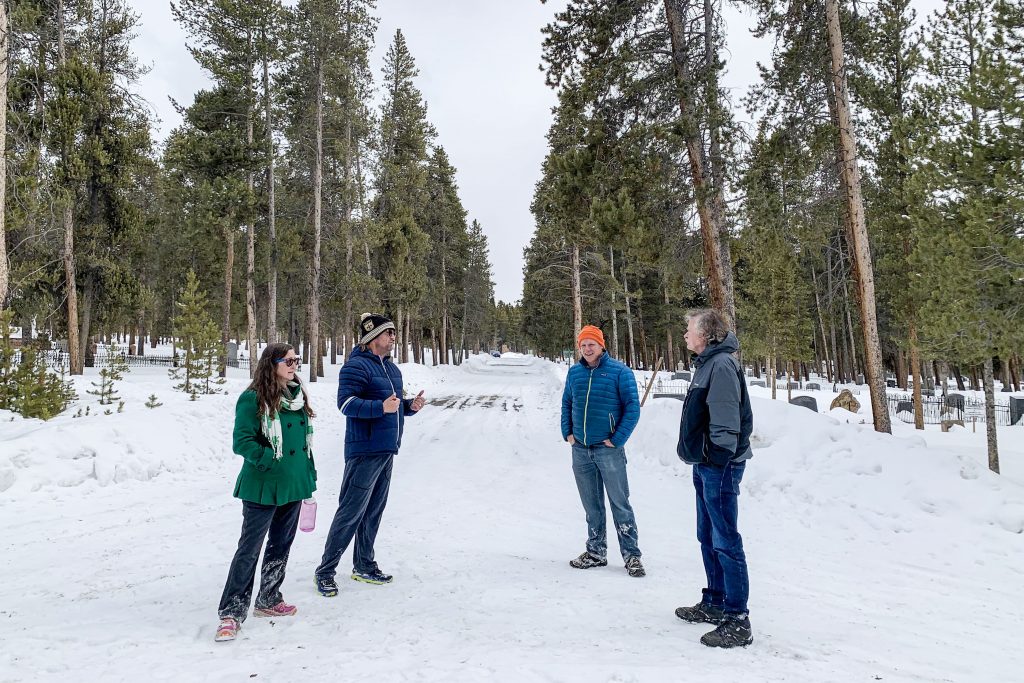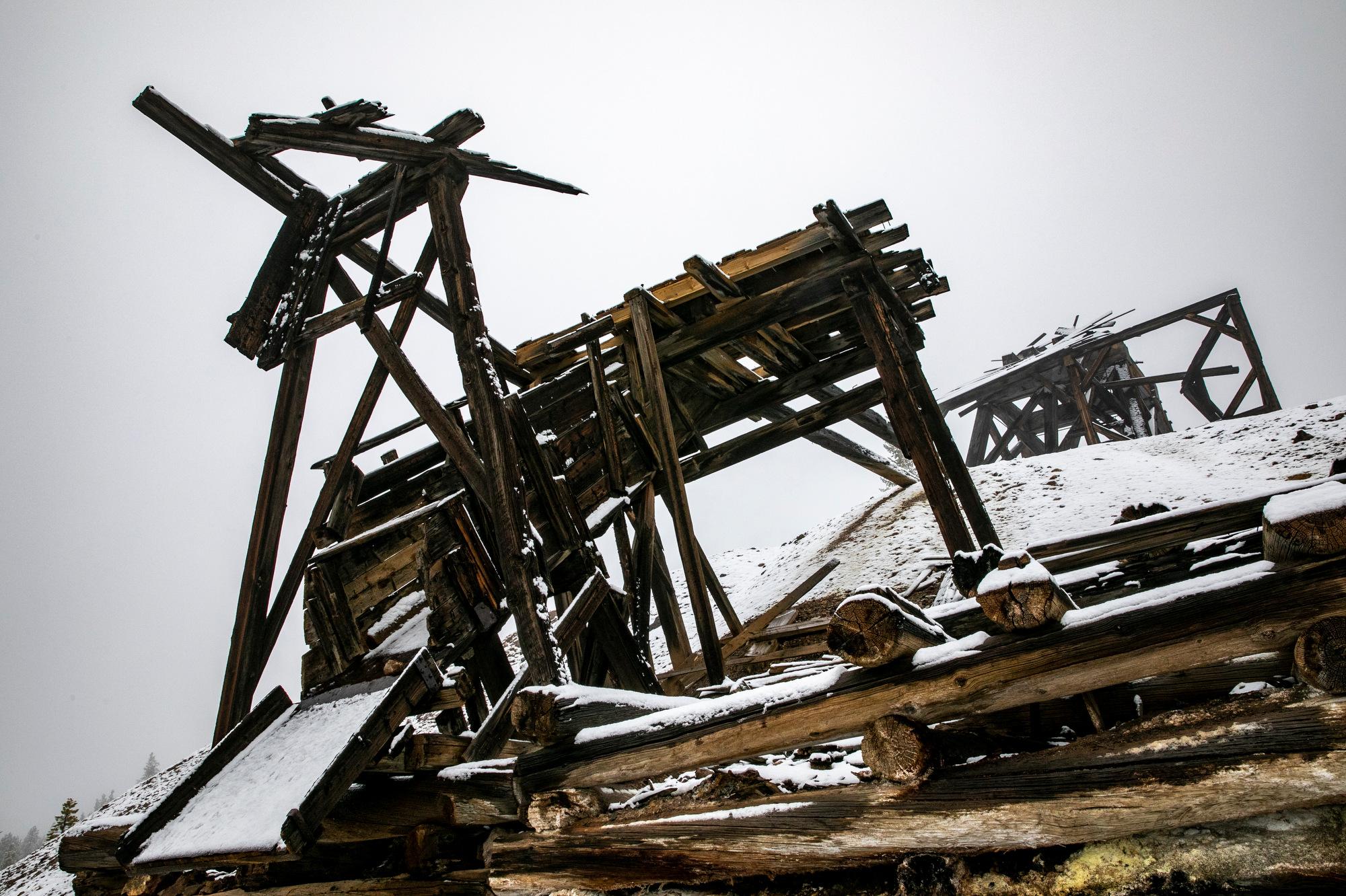
The Evergreen Cemetery in Leadville is silent.
For more than half the year, it's been covered in snow. In a section that is only recognizable by what looks like snowdrifts are 1,400 people whose stories of trial and triumph have been lost to time. Until one researcher stumbled upon them.
The snowdrifts cover sunken grave plots where pine caskets have long since deteriorated. There are no headstones, just a few wooden markers and iron gates that surround child-sized plots.
“I couldn't believe that all of these people were just buried without markers. I mean they were given little wooden markers at the time,” said Jim Walsh, a historian and researcher at University of Colorado Denver. “But it really just grabbed me and stayed with me.”
He first saw the cemetery in 2003 when he was working on his doctoral thesis. He had decided to focus on the Irish of Colorado.
“And I remember even saying to myself that day that I was going to make this part of my life's work,” he said. “The people who were buried there, their voices needed to be heard.”
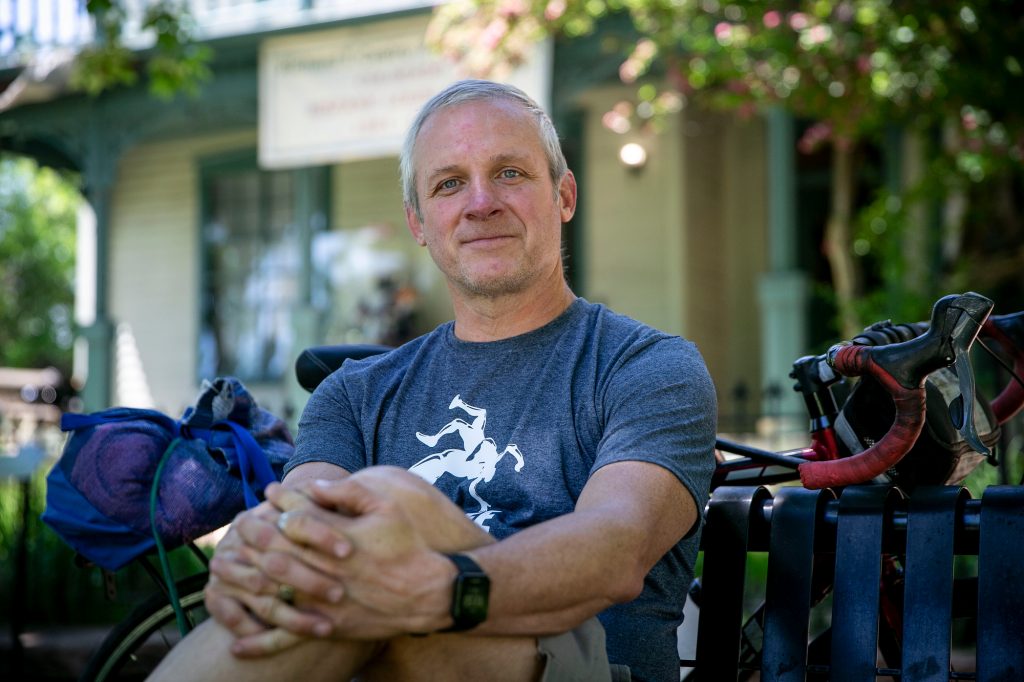
Today, he and others who he’s met over the years are making sure the people in those plots are remembered.
In the center of the Evergreen Cemetery will be a memorial. A spiral pathway will lead to the top of a mound where a sculpture will sit. It’s reminiscent of ancient Irish burial mounds. The names of each person in the plots will be carved into glass walls or onto plaques.
“The sorrow of that journey is lost. It was so traumatic that it was not passed on in oral tradition. Grandparents didn't pass it down to parents to pass it down to children, because it was so traumatic. The message was always: get an education, move forward,” Walsh said. “So this Memorial is pausing that narrative for just an instant, to turn around and just look at from whence we've come and that offers us our humanity back, maybe.”
Walsh has spent nearly two decades unearthing the stories of the people in those sunken graves, the people who made it out of Leadville and on to places like California or Montana, and the history of Leadville during the silver boom of the late 1800s.
He’s drawn to this work by the need to restore what’s been lost but also to better understand how that loss impacts the way Americans with immigrant roots think about present-day issues.
“When oral tradition fails to pass down that wisdom and knowledge, what we get in place of it is generic, disnified history,” he said. “Many of the lives that exist in our high school history textbooks, for example, have filled in those gaps and those impact our sense of identity, and those impact our sense of who we are, and those impact our sense of our responsibilities to the world today. And why some may choose not to support immigrant communities today.”
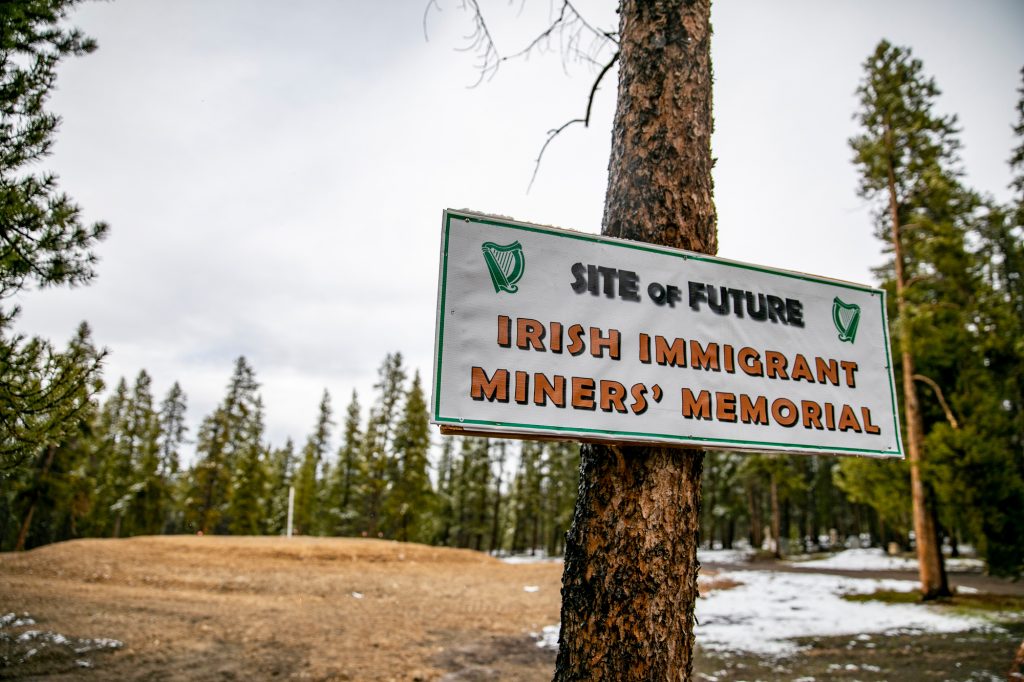
There are around 1,400 people buried in what’s called the Catholic Pauper section of the cemetery.
They were too poor to be buried in a different section or with a headstone. Walsh found their names and ages, thanks to Catholic Church records. He discovered the average age of the people in the pine boxes was 23 years old, and half of them were children under 12.
Based on their surnames, he was able to determine that 70 percent were from Ireland, and about one-third immigrated from a small town in the western tip of Ireland, called Allihies. In Leadville, Irish immigrants made up 10 percent of the population in 1880. The mountain town that had been a couple thousand people exploded to more than 30,000.
Throughout his research, Walsh has found connections to the cemetery in Leadville in unlikely places. He met Paul Burson through work he was doing at Regis University, where Burson is the director of student development and community partnerships.
They got to talking about Walsh’s dissertation work and Burson told him about his grandmother who was from Leadville but moved away to California. When Walsh looked through the records he found Burson’s great grandmother and great aunt, who his mother is named after, in the unmarked section.
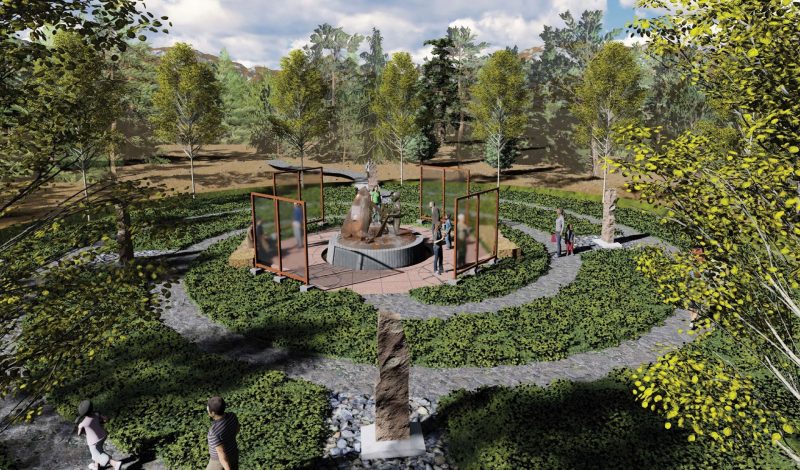
“There's just a wonderful connection, and I think for me to get in touch with the immigrants that I come from and know that they had a rough life,” Burson said. “When we tried to look at pictures, like, where are the pictures of my grandmother when she was little? And it's like, there weren't pictures because they were too poor for pictures.”
Burson is married to a Mexican immigrant and has spent time volunteering with immigrants in Guatemala.
“I have this real connection and empathy and a heartfelt sense of the reality of immigrants and how this is only gonna become bigger in our world as we have it with climate change,” he said. “There's gonna be more and more immigration going on and people are going to go to places where they see a possibility of survival and living, as my ancestors came to Leadville, hoping to make for a better life.”
That connection to the immigrants in each person’s own family is something that Walsh says is lost for many people who’ve lived in the U.S. their whole lives and who have generations of family who’ve been here.
“When we lose that chain of connection to our ancestors, through oral tradition, we've lost something so much more than information,” he said.
The Irish fled Ireland in the second half of the 19th century first because of the potato famine in the 1840s and 50s. But the people who went to Leadville during the silver boom were fleeing a mini-famine that hit West Cork, Ireland, where Allihies is. Irish immigrants came to the U.S in coffin ships, a name given because of how many people never made it to their destination.
“They arrived hungry and desperate and unskilled and uneducated and were ostracized,” Walsh said. “Many fled to places like Leadville because they knew there was a job here for them.”
Walsh himself is the descendent of Irish Immigrants.
“We were told: You're Irish. Kid, you're Irish, but nothing came after that,” Walsh said. “You're Irish you're Catholic, and that's about where it ended. Make sure you bring home a Catholic girl.”
He started talking to an uncle who knew more about their families heritage. Uncle Jack would share stories about Walsh’s grandparents and great grandparents.
According to family lore, his great grandmother Maggie who worked as a maid was hanging laundry for the house she worked for when she dropped a shirt. She shook it off and put it back on the line. The mistress of the house was watching and told Maggie to rewash the shirt.
“That was the straw that broke the camel's back. And my great grandmother took every single one of those off the line and threw them and the last was her apron into the dirt. And she quit on the spot,” Walsh said. “When my uncle told me that story, the joy in his face was so overwhelming because it was almost like a Robin Hood type story.”
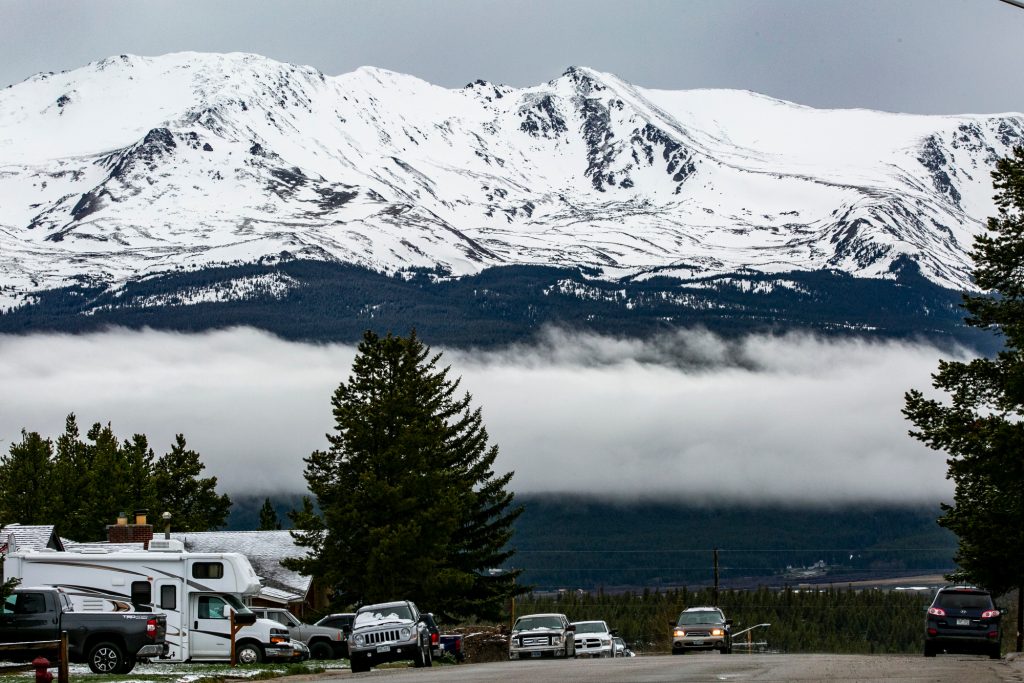
Learning about his ancestors changed Walsh’s sense of who he was.
He decided to become a historian and came to Colorado from Pennsylvania to get his PhD. He started digging into Irish history in Colorado, and decided to write his doctoral thesis on Irish immigrants in the Rocky Mountains. That’s when he met Kathleen Fitzsimmons, a Leadville native, Irish descendant and fellow historian fascinated by the town and its lost history.
It wasn’t until Fitzsimmons left Leadville for Chicago and came back that she realized the significance of the Evergreen Cemetery. As a kid, it was a place to play. Her family also worked in the mining industry but they were all “above ground” and had a little more wealth. While she doesn’t have family that she knows of in the unmarked section, she does have family in the other parts of the cemetery.
“If I get to the philosophical level of where this goes and why this story can speak to so many people, I think it's the continual search for something that's better that drew somebody either to a place or pushed them out of a place. That push and pull is a story that we read about throughout history,” she said. “I think it's interesting and it's fun to find the name in the register and try to track them down. I'm really excited about the families who'll be able to come here and find their relatives and to be a part of that is just a kick.”
The Irish Network Colorado is leading the charge on the memorial and is still collecting donations.
“I'm not a true Irish immigrant because I didn't do it the hard way like my forefathers did, I'm very conscious of that,” said Alan Groarke, president of the Network. “I can't live that life, that tough struggle that they did, this rite of passage. Instead, what I've been given is an opportunity to promote and facilitate having a memorial to some of my brethren, my forefathers, who came to a place to try and make a living for themselves in a new world.”
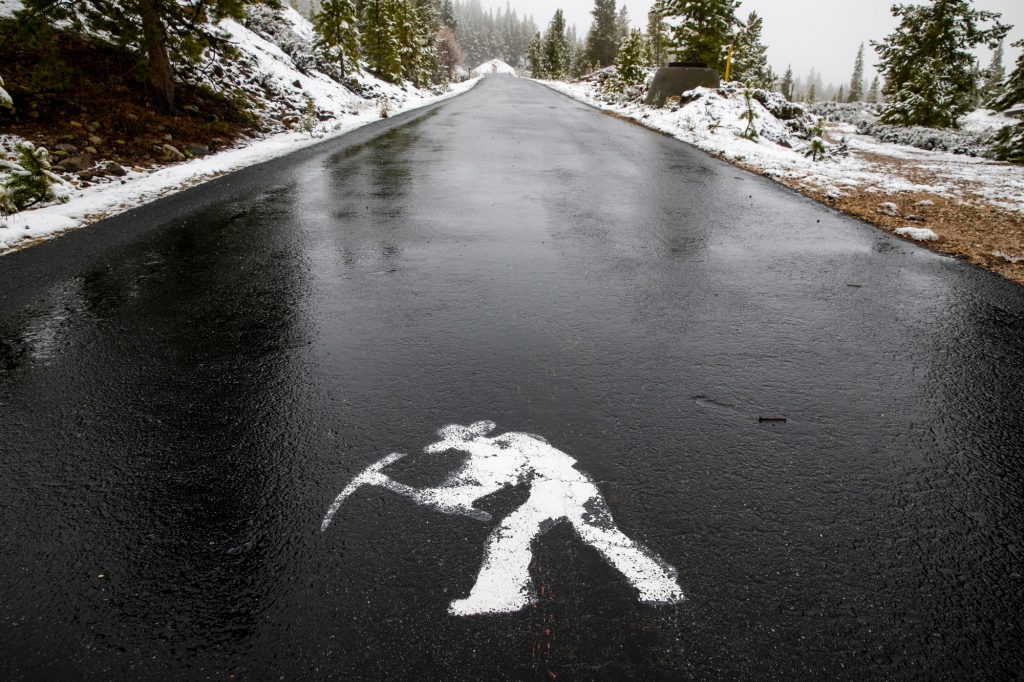
In conjunction with the memorial is a Sister Cities relationship with Allihies, known in Ireland as twinning.
Fitzsimmons teaches at the local school and she’s especially excited that her students will get the opportunity to learn more about Leadville’s history and get to learn about Allihies.
In Allihies is a museum dedicated to the history of copper mining in the area. The museum staff are helping to coordinate the sister city partnership and are excited about the ancestry research that has come out of Walsh’s work.
“It was fascinating for me to discover that there could well be my own ancestors buried in this graveyard in Leadville,” said Tadhg O’Sullivan, chair of the Allihies Copper Mine Museum.
At the museum, O’Sullivan and the museum staff are working on a genealogy project that would allow people to research their ancestors and will honor the names of families that left the area for other parts of the world. They're working on the final details of the project, but O’Sullivan said he’s excited about the sister city relationship.
Come this fall, Walsh and all the people who've become part of the memorial and his research hope the memorial will be completed, or at least closer to finished.
In September, there will be an unveiling ceremony for the memorial and the Irish Ambassador to the U.S. Daniel Mulhall will give a keynote address at the American Conference for Irish Studies West regional conference at University of Colorado Denver. O’Sullivan and others from the museum will travel for the event to celebrate the twinning of Leadville and Allihies as well as Leadville’s annual St. Patrick’s Day Practice Parade — a parade they hold in the fall because it’s too snowy and cold in March for the official holiday.
“That's what makes that cemetery so visually important is that there's a visual representation of the Irish in those sunken graves and once one learns the ages and the working conditions and the loss of life — it's impossible to ignore that space,” Walsh said. “It's a sacred space, and it's a reminder to people with Irish roots of who we are. I'm hopeful that when people go there, they will feel that and walk away with something besides a history lesson. And I'm hopeful that people without Irish roots will feel welcome and invited and inspired by that space and walk away with a fire in their belly to not forget.”
